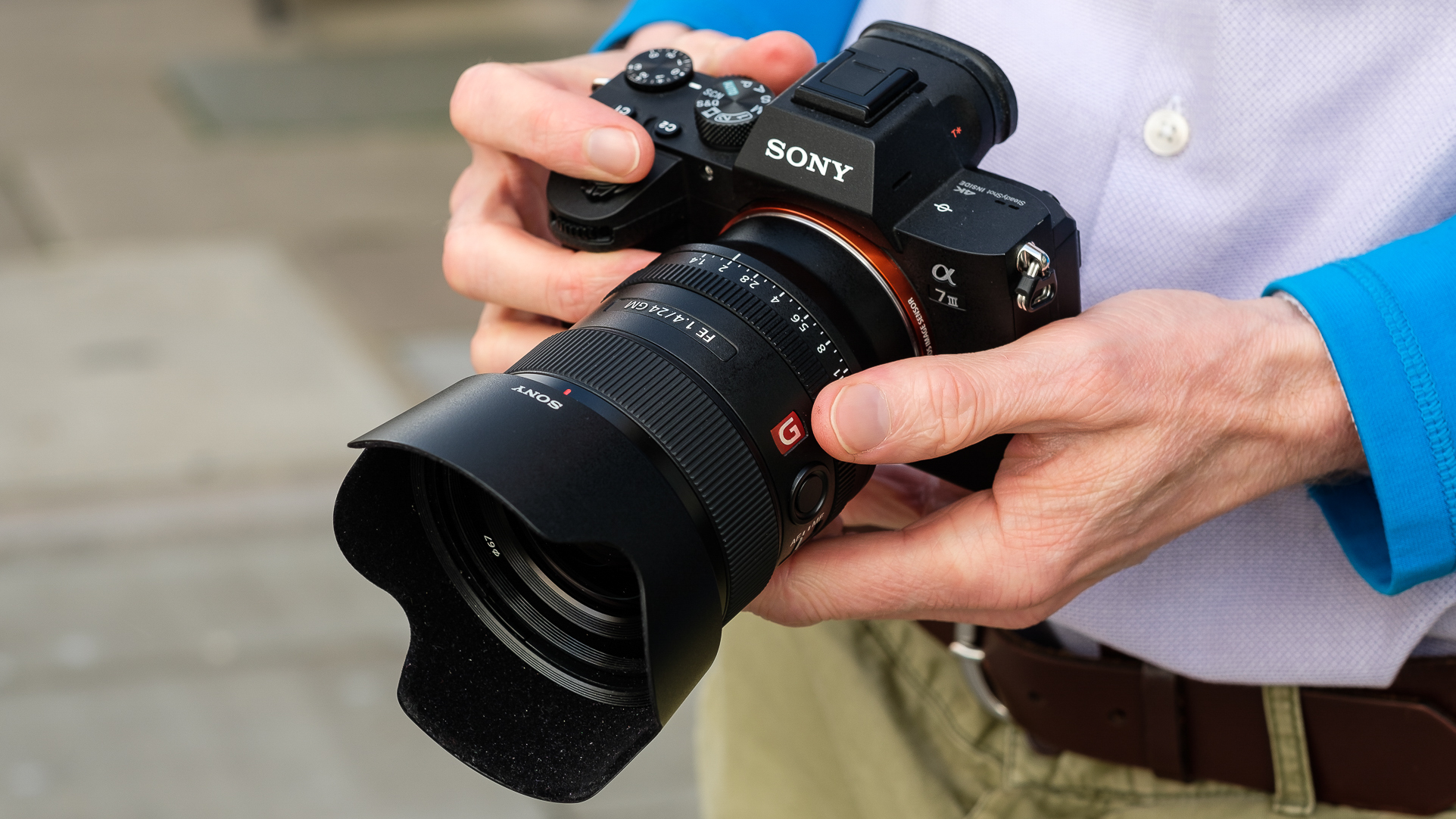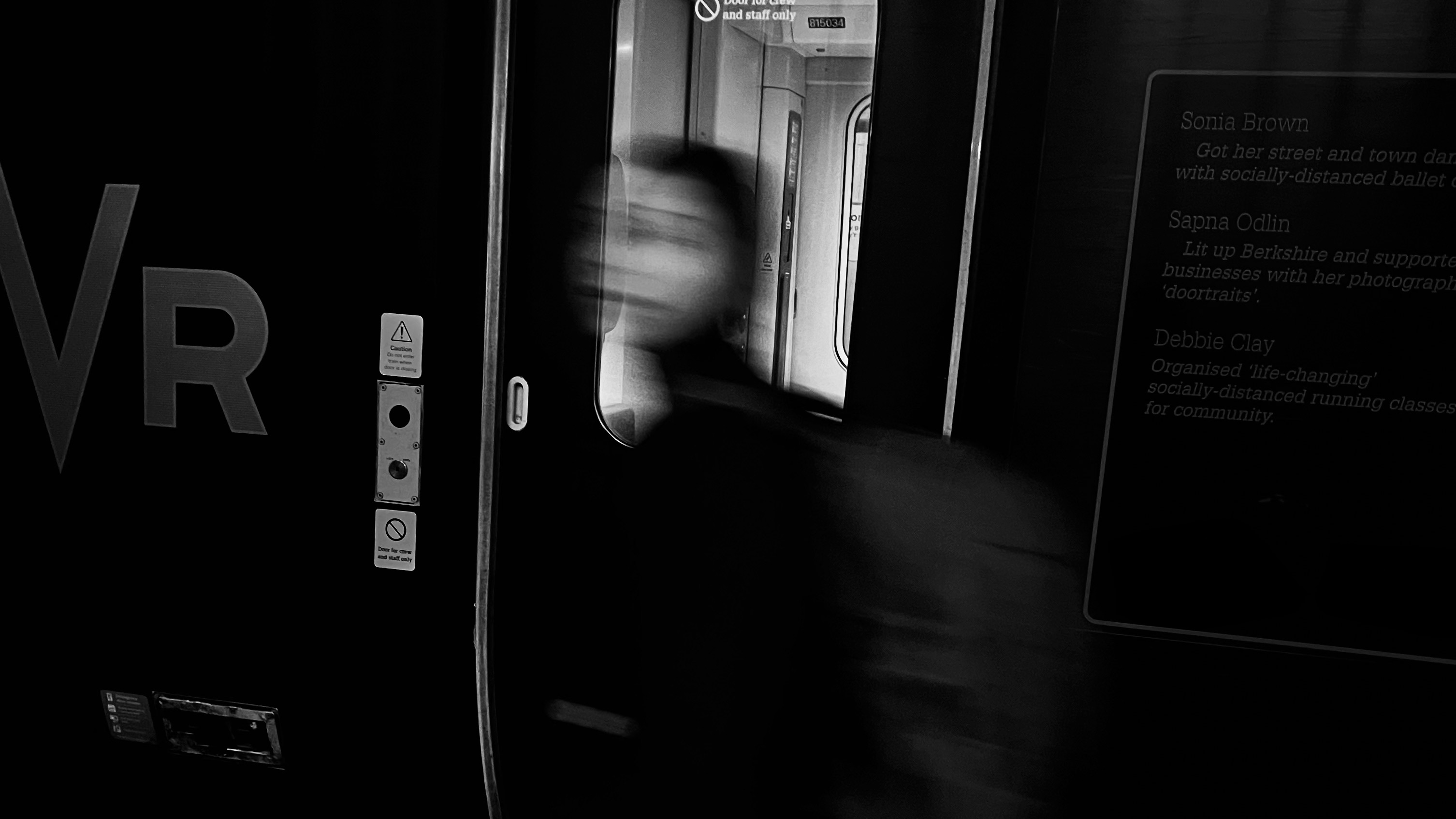Digital Camera World Verdict
The Sony A7 III is far from new, being launched back in February 2018, and it's since been superseded – technically – by the new A7 IV. Even so, it's still a leading contender amongst affordable full frame cameras. Its specifications make it a terrific all-rounder, both for stills photography and video. Its handling and control layout aren’t perfect, and other cameras might grab the headlines in one area or another, but few are so consistently capable across such a wide range of disciplines.
Pros
- +
10fps continuous shooting
- +
Highly sophisticated AF system
- +
Uncropped 4K video
Cons
- -
Imbalance with larger lenses
- -
No drive or focus mode dials
- -
Burst shooting buffer nowhere near A7 IV's
Why you can trust Digital Camera World
The Sony A7 III has long been one of our favorite all-round entry-level full frame mirrorless cameras. Its 24MP resolution is enough for most, its AF system is fast and powerful, its 10fps shooting is very impressive at this price and it even shoots 4K video (though there is a small crop if you want to shoot at 30p). How can you beat that?
Well, the new Sony A7 IV does, and by a country mile. It's better in just about every respect compared to the A7 III – see our Sony A7 IV vs A7 III comparison for the full run-down.
But all this extra power comes with an extra cost. And, good as the A7 IV is, the A7 III will remain on sale, and at around two-thirds the price of the newer camera – that's a big saving, especially since the A7 III is still a very capable all-round camera, even now.
Of course, all these Sony model names and version numbers can get confusing, so here's a quick run-down on where they've got to.
The A7 line is the basic all-round option, the A7S series (now up to the Sony A7S III) is a lower-resolution, higher-speed action and video specialist. The A7R, meanwhile, is the flagship, high-resolution model for photographers who want the ultimate in quality, and the latest version is the mighty Sony A7R IV. There is also a 'sports' version built for speed – the Sony A9 II.
And then there are two outliers: the tyrannosaurus of camera tech, the Sony A1, and the Sony A7C, which is a kind of vlogger version of the A7 III with a rangefinder body and a flip-out screen.
On paper, the Sony A7 III is the cheapest and least well specified camera in the latest Sony A7 line-up (older iterations of A7 series cameras are still on sale and may be cheaper); in practice, its price, continuous shooting frame rate and oversampled full width 4K video make it a highly capable all-rounder that qualifies for our list of the best full frame mirrorless cameras to get right now.
At the time of its launch the A7 III was unmatched by any rivals. Things have moved on since then, with the arrival of the Nikon Z6 II, Panasonic Lumix S1 and Lumix S5, so the Sony A7 III is up against cameras just as good or better, but still has a lot it its favor. The new Canon EOS R6 is another strong rival, of course, but this camera has a higher price tag and a lower resolution 20-megapixel sensor.
Read more:
• Best Sony lenses • The best Sony cameras
Sony really stirred up the professional full-frame camera market with its A-series mirrorless cameras, luring many pros away from Canon and Nikon DSLRs into the brave new world of mirrorless imaging. For an asking price of around £2,000/£1,600 or less, the A7 III is probably Sony’s most compelling DSLR alternative – and not just for professionals, but keen enthusiasts too. It's also an entry point into Sony's now- formidable E-mount mirrorless camera system.
Sony A7 III specifications
- Sony model number: ILCE-7M3 (body only), ILCE-7M3K (with 24-70mm)
- Sensor: 24.2MP full-frame Exmor R CMOS, 35.6×23.8mm
- Image processor: BIONZ X
- AF points: 693-point phase-detection AF / 425-point contrast-detect AF
- ISO range: 100-51,200 (expandable to 50-204,800)
- Max image size: 6,000 x 4,000
- Metering zones: 1,200
- Video: 4K UHD at 30/24fps, Full HD at up to 120fps
- Viewfinder: XGA OLED type, 2,359,296 dots
- Memory card: 2x MS/SD/SDHC/SDXC (1x UHS-II)
- LCD: 3in tilting touchscreen, 921,600 dots
- Max burst: 10fps (177 JPEGs, 89 compressed RAW, 40 uncompressed Raw)
- Connectivity: Wi-Fi, NFC, Bluetooth
- Size: 126.9 x 95.6 x 73.7mm
- Weight: 650g (with battery and memory card)
Key features
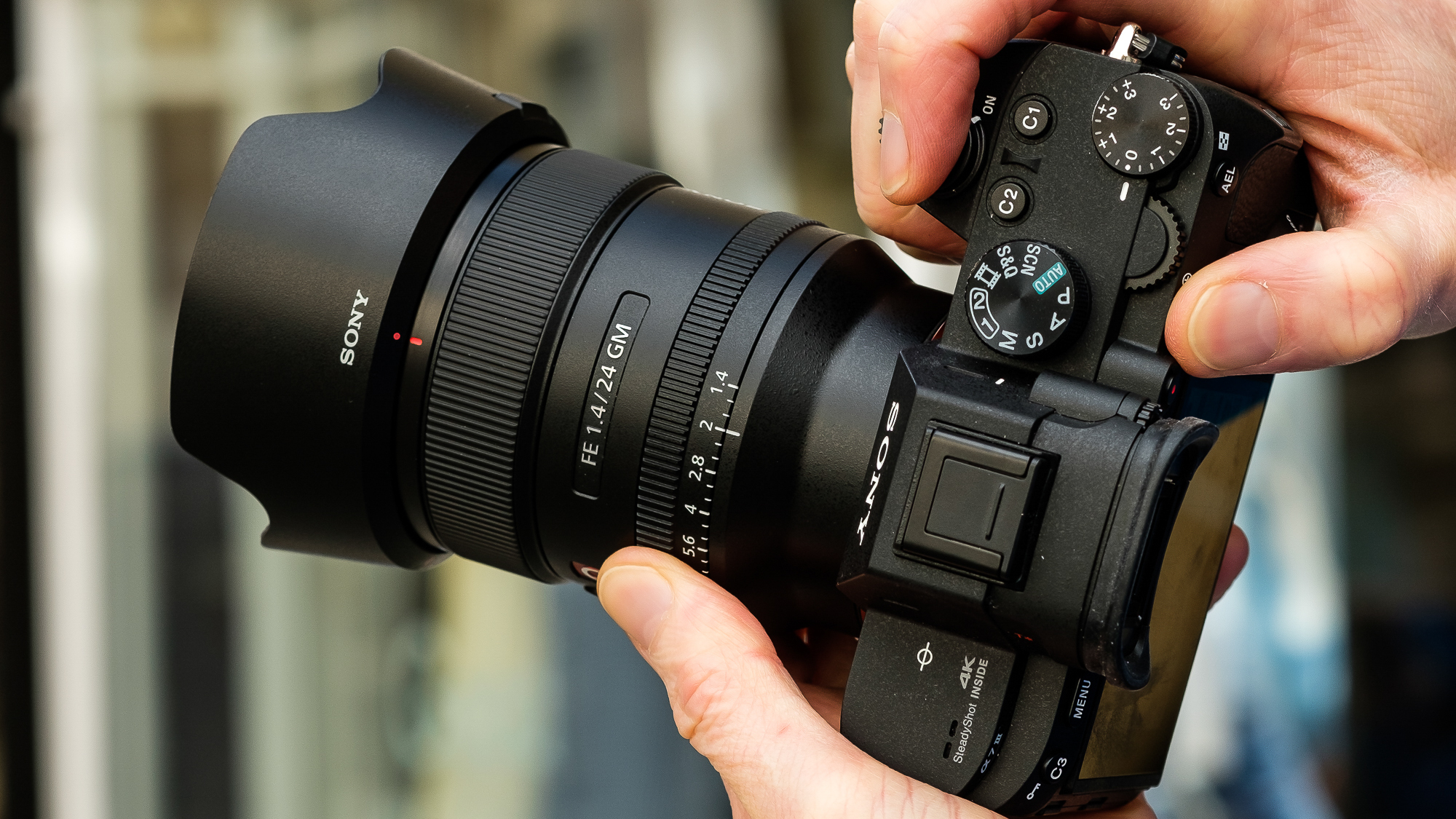
Just like its predecessors, the A7 II and the A7, the A7 III has a 24MP sensor. Resolution is probably the first thing camera buyers look for, and it's perhaps this camera’s most unremarkable specification. It’s not the same sensor as before, however; this one has a back-illuminated design for improved light-gathering, and is teamed up with a front-end LSI and BIONZ X processor that produce much faster data readout and processing speeds than before.
The end result is much improved noise and high ISO performance, high-quality 4K video and that impressive 10fps continuous shooting speed – double the speed of the previous A7 II.
High-speed shooting isn’t much good without a buffer capacity to match, and while the A7 III can’t compete with sports specialists like the Canon EOS-1D X Mark III, Nikon D6 or the Sony A9 II, it has a bigger buffer than the average enthusiast camera. It's capable of capturing up to 177 JPEGs, 89 compressed Raw files or 40 uncompressed Raw images in a single burst.
This is where the Sony A7 IV scores – it beats the A7 III's resolution with 33 million pixels, and while the 10fps burst rate is the same, the newer camera has a practically unlimited raw buffer depth with a fast memory card – amazing.
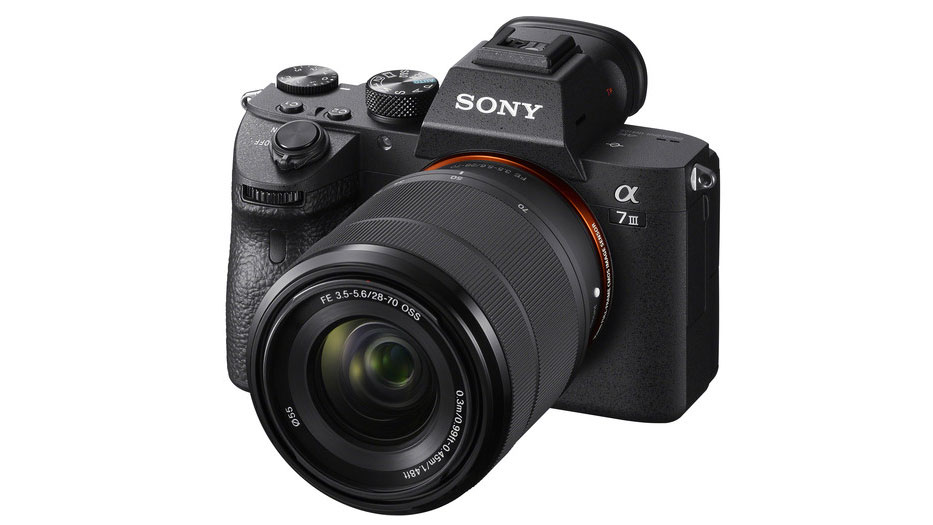
One criticism of previous models is that once the buffer is filled you can’t use the camera menus until it’s cleared – but Sony has fixed that with the A7 III. You may also find that the viewfinder image at 10fps isn’t quite responsive enough for following fast or erratic subjects, but there’s an 8fps ‘live view’ mode that offers a faster, more stable viewfinder image.
To get 10fps shooting in a full-frame camera at this price is remarkable, but Sony has gone a step further by incorporating the autofocus technology from its flagship A9 sports camera. With 693 phase-detection AF points covering 93% of the image area, backed up by a further 425 contrast-detect AF points, this is, on paper, just about the most powerful AF system on the market. It has many more AF points than the Nikon Z6 and its phase-detection AF is clearly superior for continuous AF to Panasonic's DFD system.
You can choose from Wide-area AF, Zone AF, Centre AF, Flexible spot mode (in which you can change the size of the AF area) and now Expand Flexible Spot mode, where the camera will still stay focused on subjects that stray outside the selected area. There’s an Eye AF mode for portrait photographers too, and on the A7 III this now works in continuous as well as single-shot AF modes. A firmware update in early 2019 added Real Time Animal Eye AF to this camera's formidable AF arsenal.
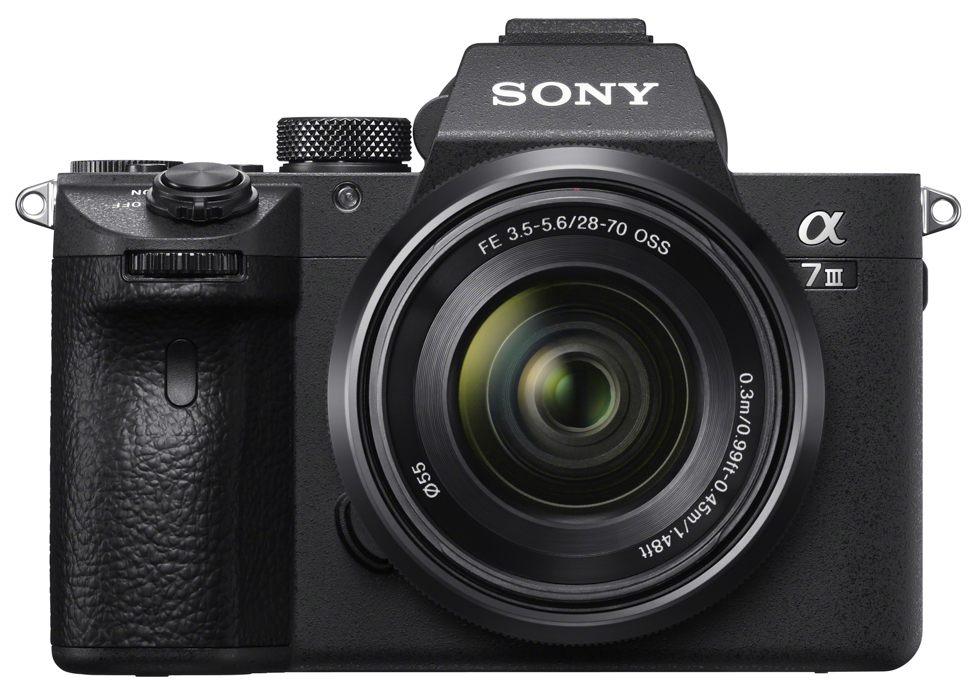
There's also a sensor-based 5-axis image stabilisation system, with its claimed 5-stop shake compensation, together with twin memory card slots (though only one of these is UHS-II compatible).
Read more: How to understand everything written on your memory card
The battery can be charged in-camera via a USB cable or, for faster charging, there’s an optional BC-QZ1 battery charger. This new battery, the NP-FZ100, has 2.2 times the battery life of A7 II’s NP-FW50, yielding 710 shots on a single charge (or 610 when using the electronic viewfinder).
And the A7 III is not done yet. As we’d expect from any new Sony camera, the A7 III shoots 4K video, but it brings instant 4K HDR playback on compatible devices via its HLG (Hybrid Log-Gamma) profile, and also has Sony’s S-Log3 mode for increased dynamic range (up to 14EV) for editing/grading later. 4K video is captured across the full sensor width, before being downsampled to 4K resolution, so there are no annoying crop factors and no inefficient pixel binning.
Not bad, even by today's standards. However, the new Sony A7 IV does give the A7 III a bit of a thrashing here, with a wider choice of codecs (including All-I), no crop with full width 30p 4K video, and 4K 60p video with a Super35 crop.
Build and handling
If there is a chink in the A7 III’s armour, it’s here. The A7 III is, like the other A7 models, remarkably small for a full-frame camera. This is due in part to its mirrorless construction, but also to the ingenuity of its designers. Unfortunately, Sony’s lenses – and in particular, its finest ones – are not small. As a result, the A7 III does feel distinctly front-heavy with the kind of lenses you might choose to go with it, such as the FE 24-105mm f/4 G OSS or FE 24-70mm f/2.8 GM. With that in mind, it might be worth considering the optional VG-C3EM battery grip, especially if you go in for a lot of telephoto-based sports photography.
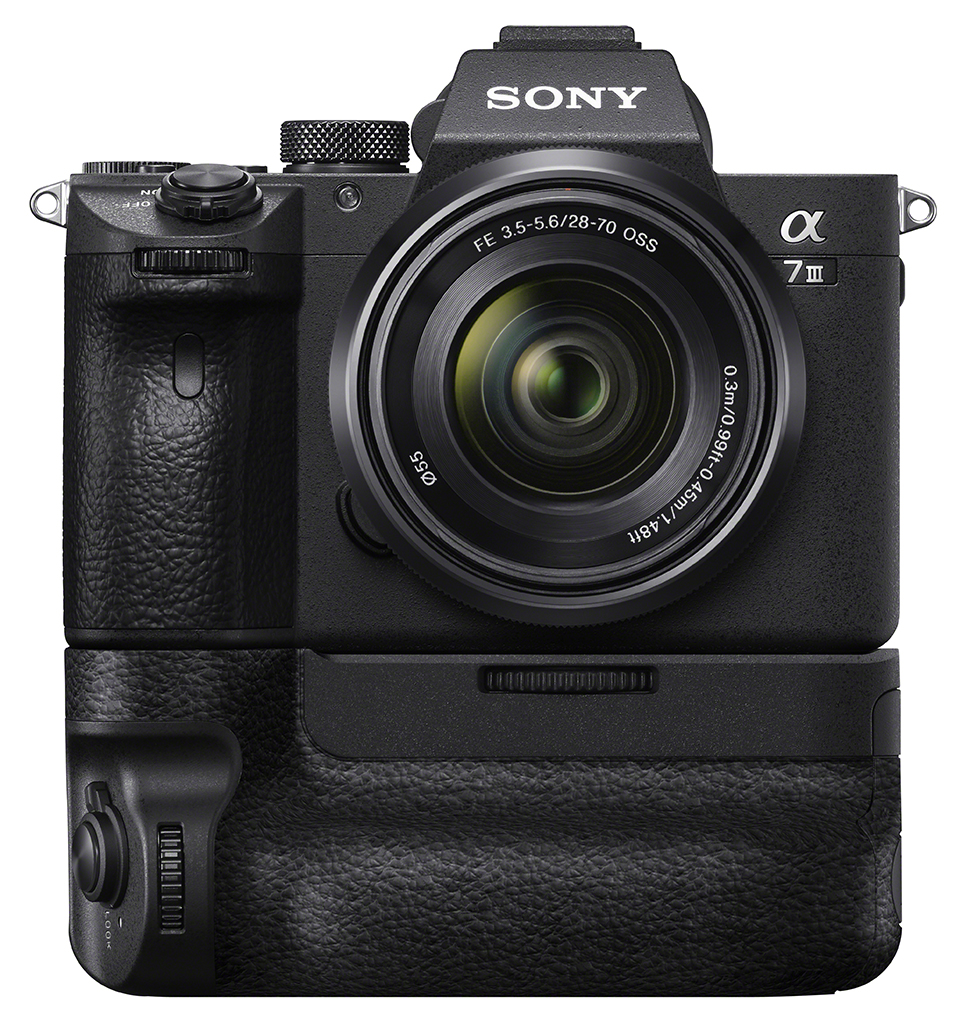
It’s also a shame that there’s no dedicated drive mode dial or AF mode/area lever. Burst shooting and autofocus are two of this camera’s top features, so you’d hope that would be reflected in dedicated external controls. You can assign these controls and more to the camera’s four function buttons, however, so they are only a click away if you need them.
Apart from that, there’s really very little to criticise. The electronic viewfinder and LCD display don’t have the highest resolutions we’ve seen on mirrorless cameras, but they’re more then adequate, and the viewfinder’s 0.78x magnification means it’s big and clear.
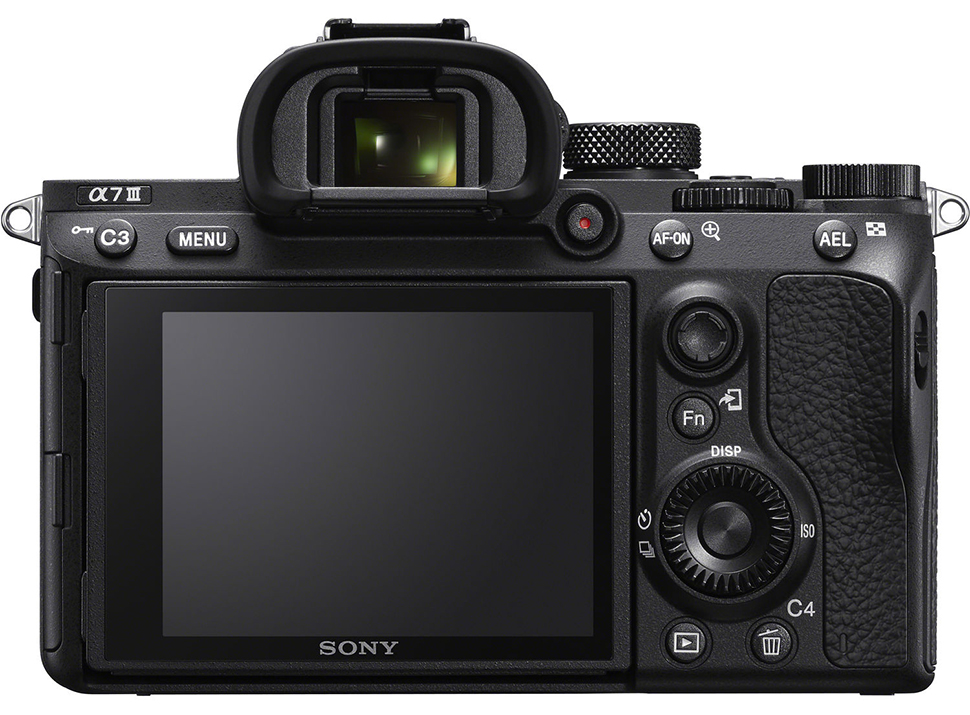
The rear LCD has a up/down tilting action but does not swing out sideways (you need the A7 IV for that). You can tap to position the focus point or even drag it around the frame. Alternatively, if you’re not a fan of touchscreen interaction, you can use the rear joystick (multi-selector) control instead.
The main dials have a reassuringly firm and positive feel. There are three control dials in total – one on the front at the top the grip, one on the rear to the right of the viewfinder eyepiece and a third around the four-way controller next to the LCD screen.
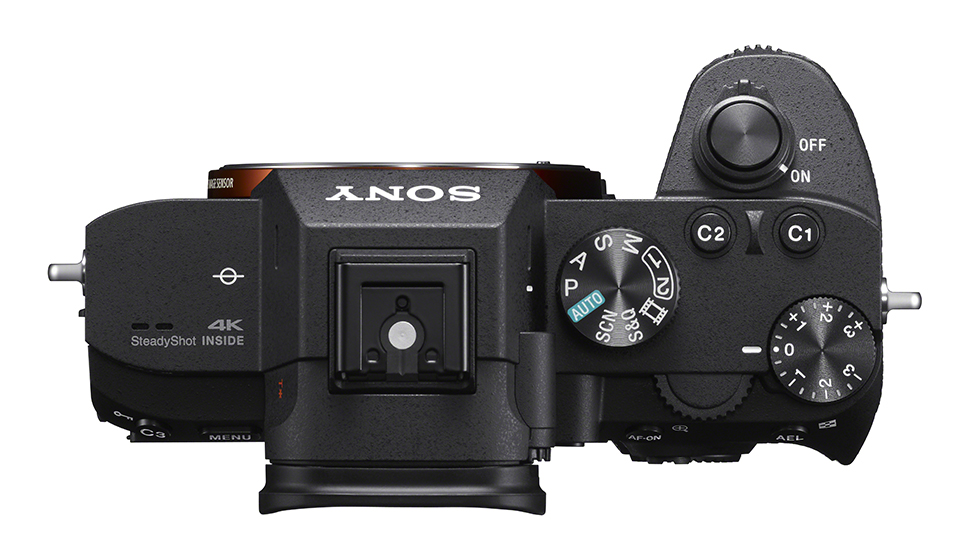
The A7 III’s menu system is pretty daunting, a long-standing criticism of the A7 family, with no fewer than 35 screens split into five sections, plus a user-customisable My Menu. It can take a while to find the setting you need, especially if you’re modifying the camera controls or default behaviour, but thankfully most regular shooting settings can be accessed via a Fn button on the rear of the camera instead.
This Fn option displays an icon overlay across the bottom of the screen for choosing the drive mode, focus area, ISO, metering mode and more. It’s not touch-sensitive, though – instead, you use the directional buttons (or the multi-selector) to choose an option and the rear control dial to change the setting.
The A7 III really does have a premium quality feel. It’s solid and weighty, and the controls are precise, while the exterior materials and finish feel first rate. It might be the cheapest of Sony’s third-generation A7 models, but you wouldn’t know it.
Performance
The A7 III’s performance is pretty spellbinding too. There is a little lag, or tearing in the viewfinder at 10fps, but there’s also 8fps ‘live view’ mode with a more responsive display if you feel you need it.
The autofocus system is similarly impressive, both for its frame coverage (far better than that of a DSLR) and its speed. It can sometimes lose contact with fast, erratic subjects in the AF tracking mode, and take a few frames to lock on again, but it takes some pretty wild subject movement for this to happen. As long as you can anticipate your subject’s movement and keep it in your selected focus zone, the A7 III will do the rest.
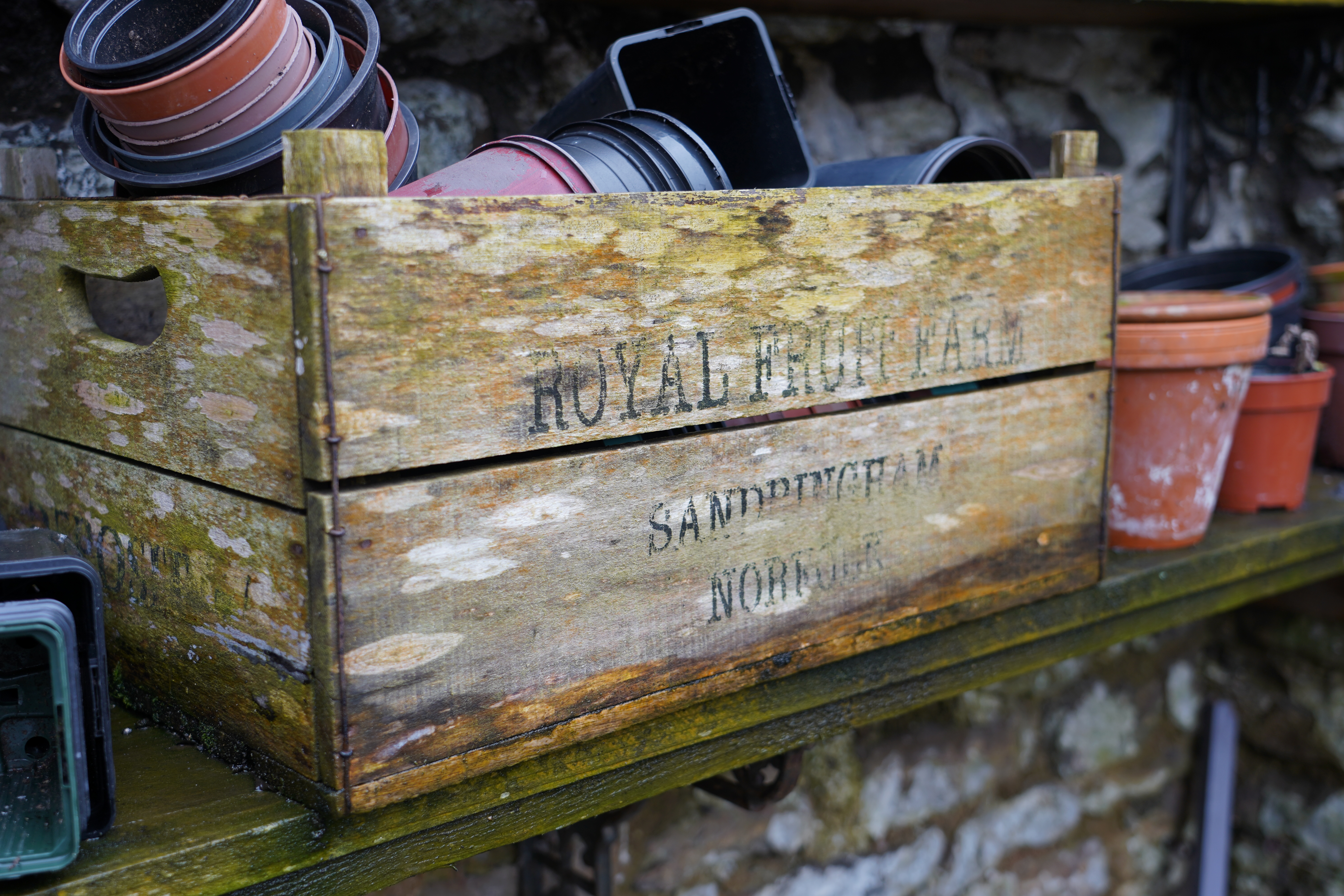
Following moving subjects requires skill on the photographer's part too, and the A7 III’s range of focus areas and modes means there’s a setting for practically every situation.
The SteadyShot system proved a little less convincing. Sony claims a 5-stop advantage, but to quote the small print, that’s “CIPA standards. Pitch/yaw shake only. Planar T* FE 50mm F1.4 ZA lens. Long exposure NR off.”

In our tests with the FE 24-105mm f/4 G OSS and FE 24-70mm f/2.8 GM lenses, we started to get shake creeping into shots at just two to three stops of shutter speed slower than normal.
Results will always depend on the conditions, the lens used, subject distance and how good you are at hand-holding, but an Olympus OM-D E-M1 Mark II tested at the same time gave more reliable and consistent results, yielding perhaps a one-stop advantage over the Sony.
Image stabilization systems offer no guarantees of sharp shots, of course, and some stabilization is better than no stabilization – and in every other respect the A7 III’s performance is first rate.
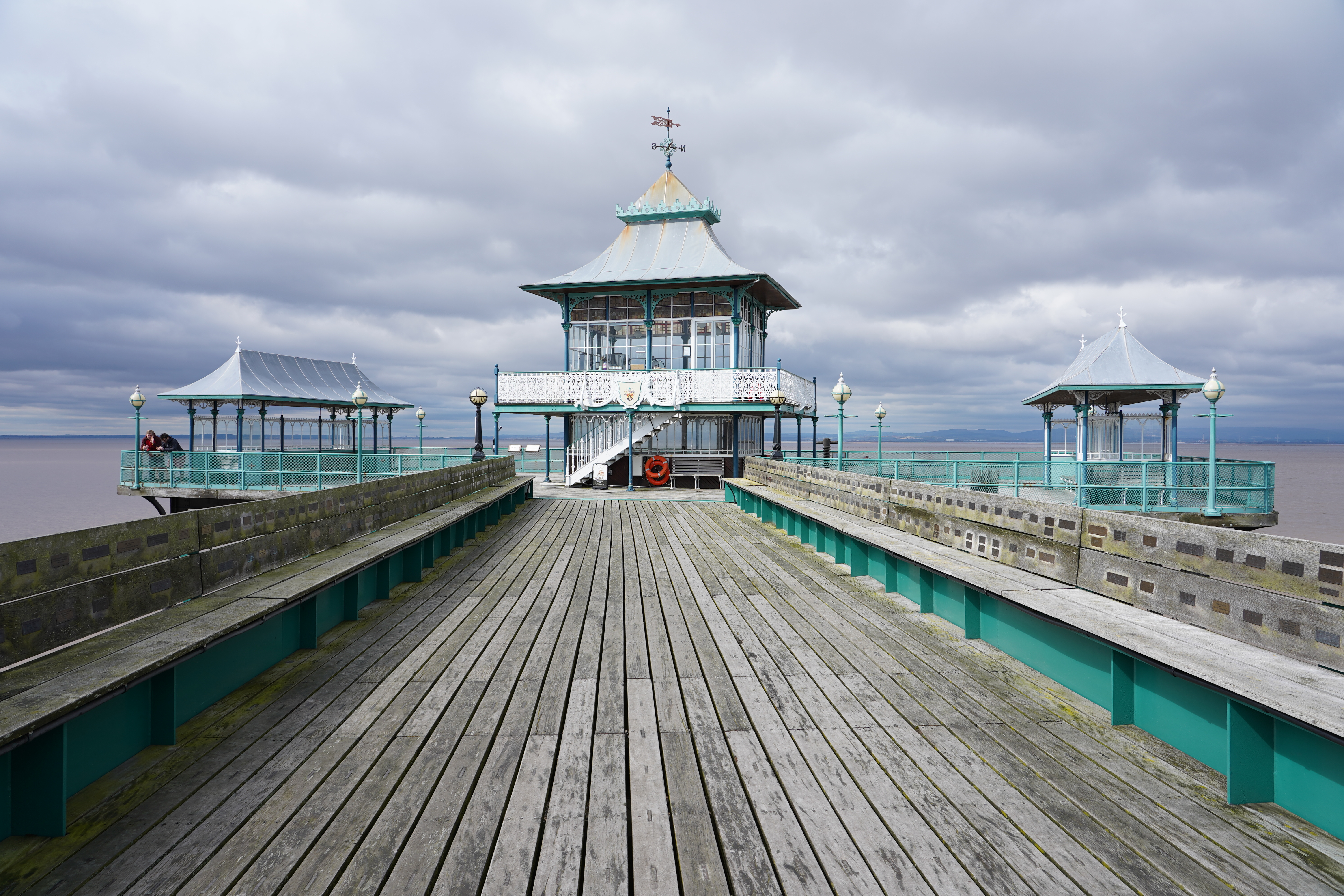
That extends to its image quality too. We didn’t quite get to the 15-stop dynamic range quoted by Sony in our lab tests, but at ISO 100 the figure crept over 13EV, which is unusually good.
While the dynamic range is relatively strong, the ultimate resolution is of course limited by the 24MP sensor, so if that’s not enough then you should be looking at the 42.4MP Sony A7R III instead. That said, fine detail is rendered very well, with low levels of noise too. Sony claims the new sensor and processing system offer a 1.5EV advantage over the old model, and the signal-to-noise figures we achieved in the lab are very good.
JPEGs straight from the camera show remarkably good detail, saturation and contrast right up to ISO 12,800. Fine, textural detail is clearly starting to disappear at ISO 25,600 and by the standard maximum setting of ISO 51,200, there’s a good deal of softening and some blotchiness creeping into even-toned areas, but this is still a pretty exceptional performance.
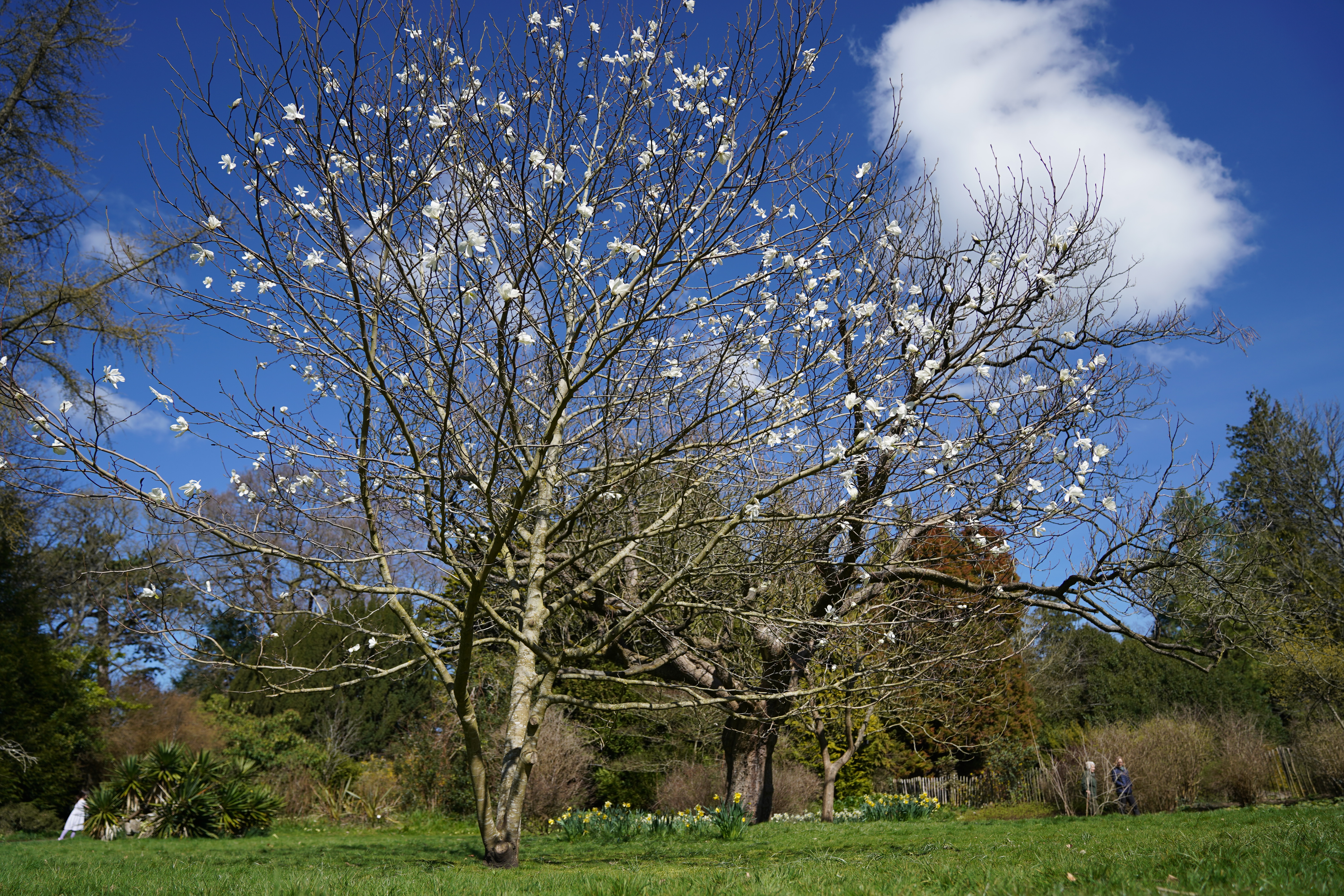
The standard multi-pattern exposure system did a great job in a variety of conditions and the auto white balance was mostly reliable too – except once or twice in overcast conditions, where it occasionally chose two clearly different values, when all that had changed was the subject framing. The solution, of course, is to use a manual white balance preset to suit the conditions, or shoot Raw files and use Sony’s new Imaging Edge software suite to process your images later.
This software suite originally supplied is pretty basic, consisting of separate Remote, Viewer and Edit applications, but this has now been replaced by Sony's more up to date Imaging Edge desktop and mobile applications, and the A7 III and Sony lenses are widely supported by third-party Raw processors like Lightroom, Capture One and others.

Lab tests
Color error
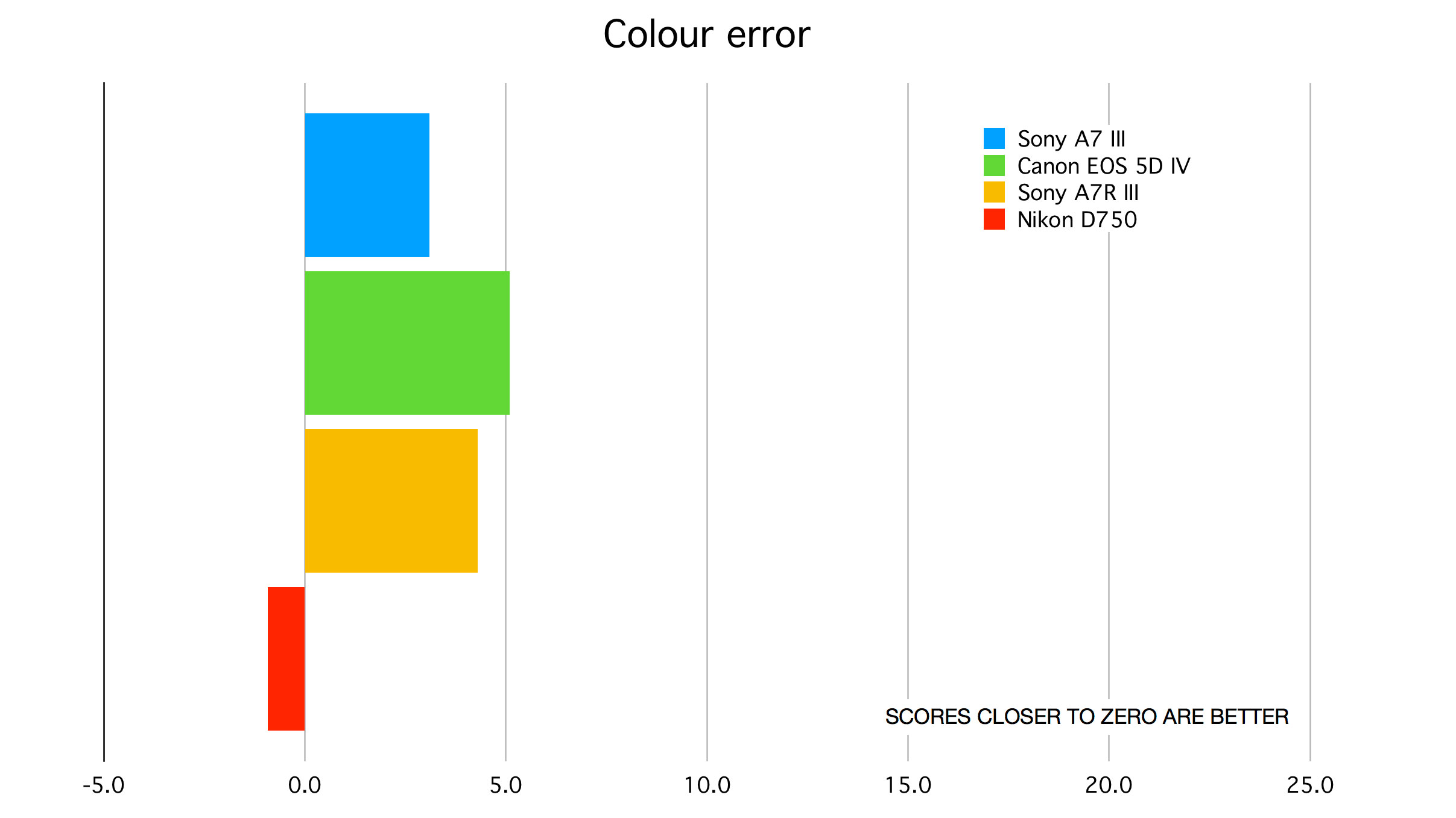
We pitted the A7 III against three of its contemporaries at the time; the Canon EOS 5D Mark IV, Nikon D750 and Sony A7R II, and the A7 III fell right in the middle of the pack for color error, although all four cameras scored well.
Signal-to-noise ratio
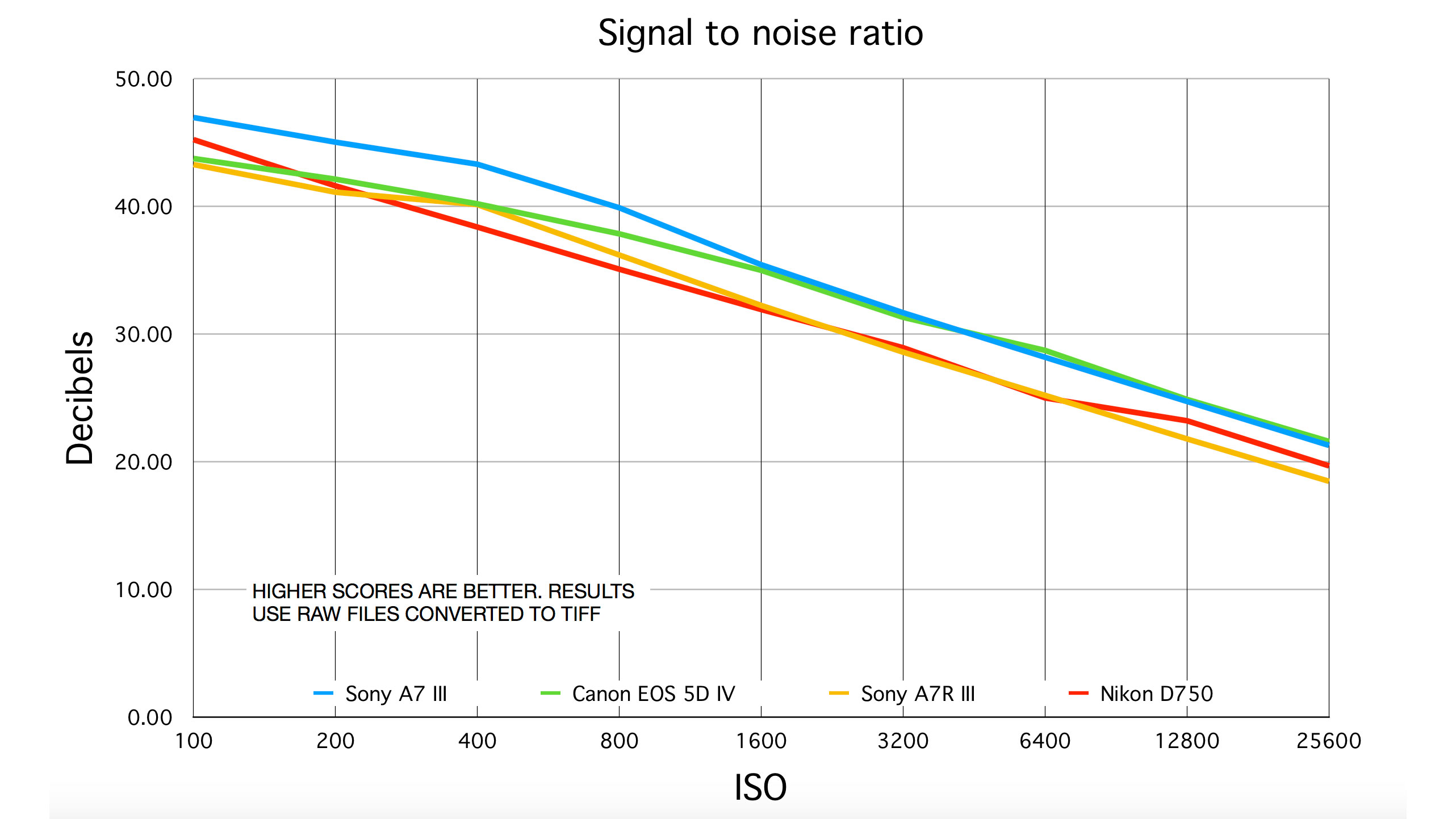
At low to medium ISO settings, the A7 III produced less noise than all its rivals. The Canon EOS 5D IV caught up at higher ISO settings while the Nikon D750 and A7R III lagged behind.
Dynamic range
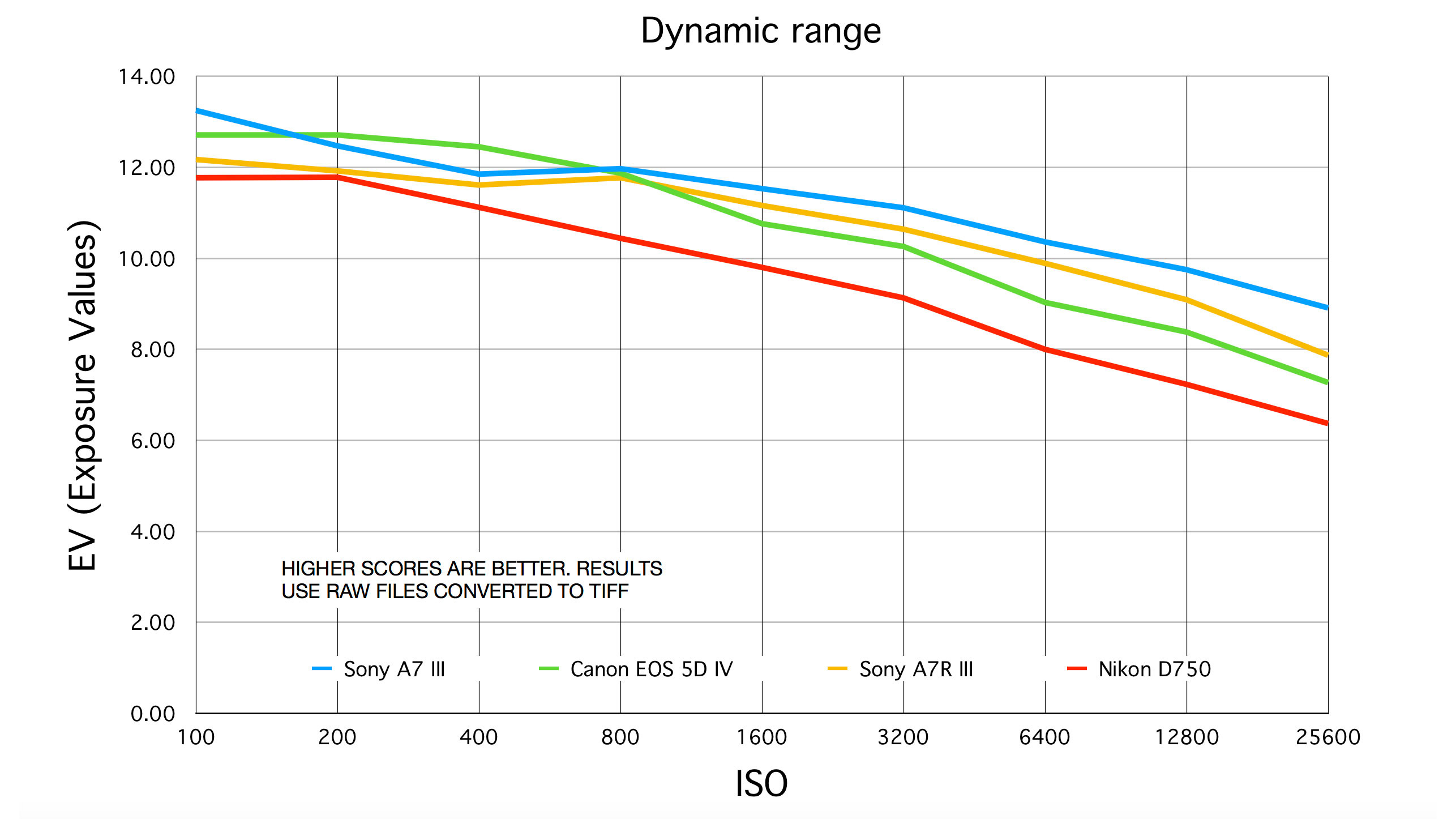
The EOS 5D Mark IV runs the A7 III a close second for dynamic range but falls away at higher ISO settings. The A7R III puts in a strong performance too, but the older Nikon D750 is left behind.
Verdict
The A7 III hardly puts a foot wrong. Its specifications make it a terrific all-rounder, one that’s so powerful that its price is actually a bit of a surprise. Its handling and control layout aren’t perfect (fans might disagree!), but that’s soon forgotten in the face of its autofocus and continuous shooting performance, not to mention its 4K video capabilities.
The 24MP resolution might put a few people off. We’ve been spoiled recently by a slew of higher-resolution full-frame cameras like the Canon EOS 5DS, Nikon D850 and Sony’s own A7R III. Even the Pentax K-1 Mark II beats the A7 III, with its 36.4MP sensor.
But pixels aren’t everything, and 24MP is still enough to produce top-quality enlargements and meet most regular commercial briefs – and it’s what makes the A7 III’s amazing blend of speed, performance and value for money possible. Other cameras might grab the headlines in one area or another, but few are so consistently capable across such a wide range of disciplines.
And even if you are swayed by the multiple improvements in the Sony A7 IV, you'll have to pay a lot more to get them.
Read more:
• The best Sony lenses
• The best full-frame cameras
• Sony A7 vs A7 II vs Sony A7 III
• Sony A7 III vs A7R III vs A7S II

Rod is an independent photography journalist and editor, and a long-standing Digital Camera World contributor, having previously worked as DCW's Group Reviews editor. Before that he has been technique editor on N-Photo, Head of Testing for the photography division and Camera Channel editor on TechRadar, as well as contributing to many other publications. He has been writing about photography technique, photo editing and digital cameras since they first appeared, and before that began his career writing about film photography. He has used and reviewed practically every interchangeable lens camera launched in the past 20 years, from entry-level DSLRs to medium format cameras, together with lenses, tripods, gimbals, light meters, camera bags and more. Rod has his own camera gear blog at fotovolo.com but also writes about photo-editing applications and techniques at lifeafterphotoshop.com
